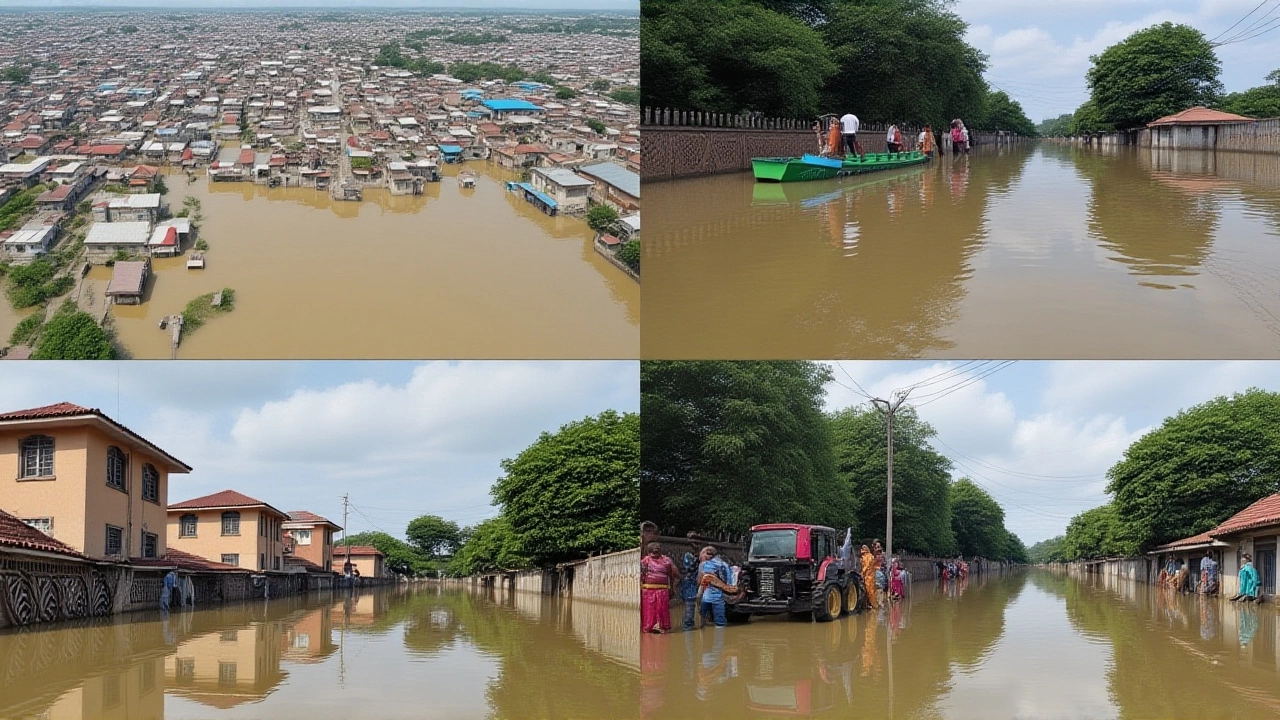School Closures – Real‑Time Updates, Alerts & Safety Tips
When checking for school closures, temporary suspension of classes due to safety concerns. Also known as class cancellations, they can happen for many reasons, from storms to health threats. Understanding why they happen helps you act quickly and keep kids safe.
Why Stay Informed?
Every time a district decides to shut its doors, an emergency alert, official notification sent to the public about imminent hazards is usually the trigger. These alerts tie directly to weather events, conditions like snowstorms, hurricanes, extreme heat, or flooding that threaten safety. When a severe thunderstorm warning pops up, the alert system tells schools whether to stay open, delay start times, or cancel entirely. This link—emergency alerts trigger school closures—is why you see a sudden change in the morning schedule.
But weather isn’t the only driver. Public health emergencies, such as flu outbreaks or a pandemic, launch public health guidelines, recommendations issued by health agencies to limit disease spread. When a health authority advises limiting gatherings, schools often follow by closing doors. The relationship—public health guidelines influence school closures—means that a rise in local cases can instantly alter the school day.
The final piece of the puzzle comes from government directives, official orders from local or state leaders that dictate operational status of public services. Whether a mayor signs an emergency proclamation or a state education board issues a stay‑at‑home order, those directives set the legal framework for any closure decision. In short, government directives dictate school closures, completing the chain from hazard to action.
Transportation disruptions also play a role. When roads become unsafe or public transit shuts down, students can’t reach campuses, prompting administrators to cancel classes. This factor—transportation issues affect school closures—adds another layer to the decision‑making process, showing how interconnected community systems are.
Putting it all together, you can see a clear pattern: school closures encompass weather events, public health concerns, emergency alerts, transportation problems, and government directives. Each of these entities brings its own set of data, timing, and impact, creating a web of information you need to monitor. By keeping an eye on local alert feeds, weather radar, health department updates, and official government bulletins, you’ll know exactly why a school is closed and what steps to take next.
Below you’ll find a curated list of the latest updates, useful tools, and quick tips to navigate any closure situation. Whether you need to rearrange a pickup, set up remote learning, or simply stay informed about why decisions are made, the posts ahead give you practical, real‑time guidance.
Mathura Flood: Yamuna levels dip to 167.04 m, schools stay closed
Mathura's 2025 flood sees Yamuna peak at 167.64 m, schools stay closed and relief efforts intensify as water slowly recedes.
